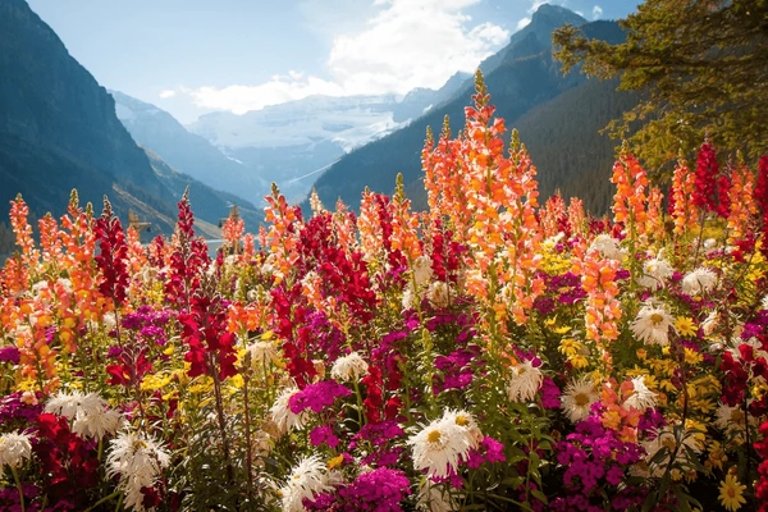Across western Canada, botanists are anticipating one of the most vivid wildflower seasons in years, thanks to steady early‑spring rainfall and mild temperatures. These ideal conditions have encouraged both long‑dormant seeds and established native plants to flourish at the same time. As meadows, foothills, and prairies begin to transform with fresh colour, hikers and photographers are preparing for an unusually striking bloom that is already drawing national attention from nature enthusiasts.
Ecologists note that regions recovering from recent drought cycles are responding especially well, with many species rebounding far more vigorously than expected. Seeds that remained inactive during dry years now have the moisture required to germinate, contributing to increased biodiversity across several ecosystems. Researchers say this year offers a valuable opportunity to observe how native plants recover when environmental conditions finally align in their favour after multiple challenging seasons.
Communities across Alberta, Saskatchewan, and British Columbia are preparing for an influx of early‑season visitors eager to explore prime viewing areas. Tourism offices are promoting responsible trail use and highlighting lesser‑known routes to help distribute foot traffic. Local cafés, lodges, and guiding services hope the bloom will strengthen regional economies emerging from a slow winter. Many smaller towns are particularly optimistic, expecting renewed interest from travellers seeking peaceful outdoor experiences.
University researchers are organizing field studies to examine how shifting climate patterns influence bloom timing and density. Their work includes monitoring early‑flowering alpine species, tracking pollinator activity, and documenting soil moisture variations across different terrains. These observations contribute to broader climate research that helps scientists understand long‑term ecological changes. Many experts consider this season’s bloom an important indicator of how western Canada’s diverse landscapes may adapt in the coming decades.
Online communities dedicated to wildflower exploration are sharing tips for finding quiet, less crowded viewing areas. These suggestions often highlight hidden prairies, valley meadows, and gentle foothill trails where blossoms thrive with minimal disturbance. Travellers searching for calmer experiences appreciate these recommendations, which frequently lead them to small communities offering local culture, hospitality, and regional cuisine. For many visitors, discovering these quieter locations enhances their connection to the natural landscape.
Conservation groups and park officials are reminding visitors that responsible viewing practices are essential to preserving this year’s extraordinary bloom. Staying on marked paths, avoiding the picking of flowers, and respecting wildlife habitats help protect fragile ecosystems. With favourable climate conditions supporting exceptional plant growth, experts emphasize that thoughtful stewardship ensures these landscapes remain healthy. If visitors follow recommended guidelines, this could become one of western Canada’s most memorable and sustainable wildflower seasons.
